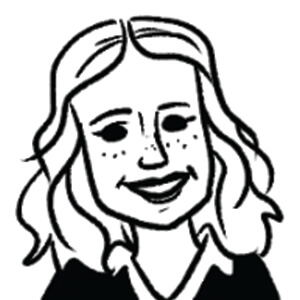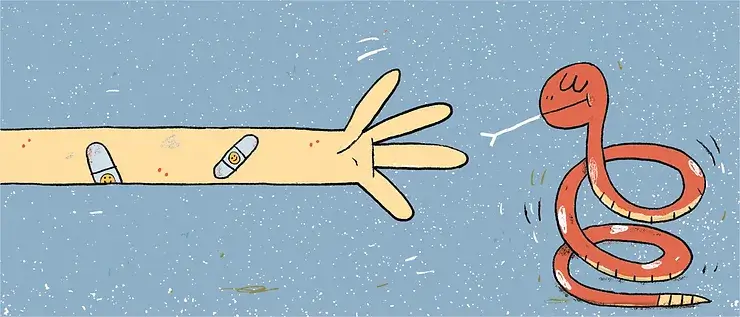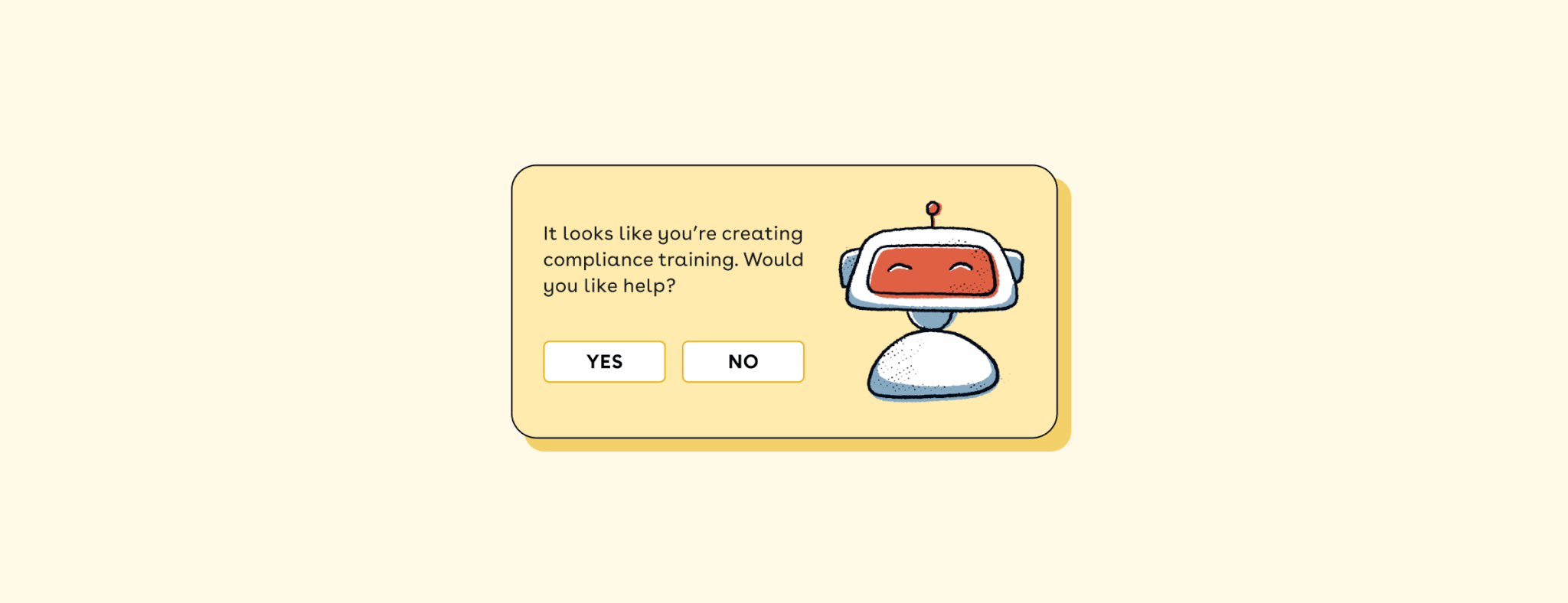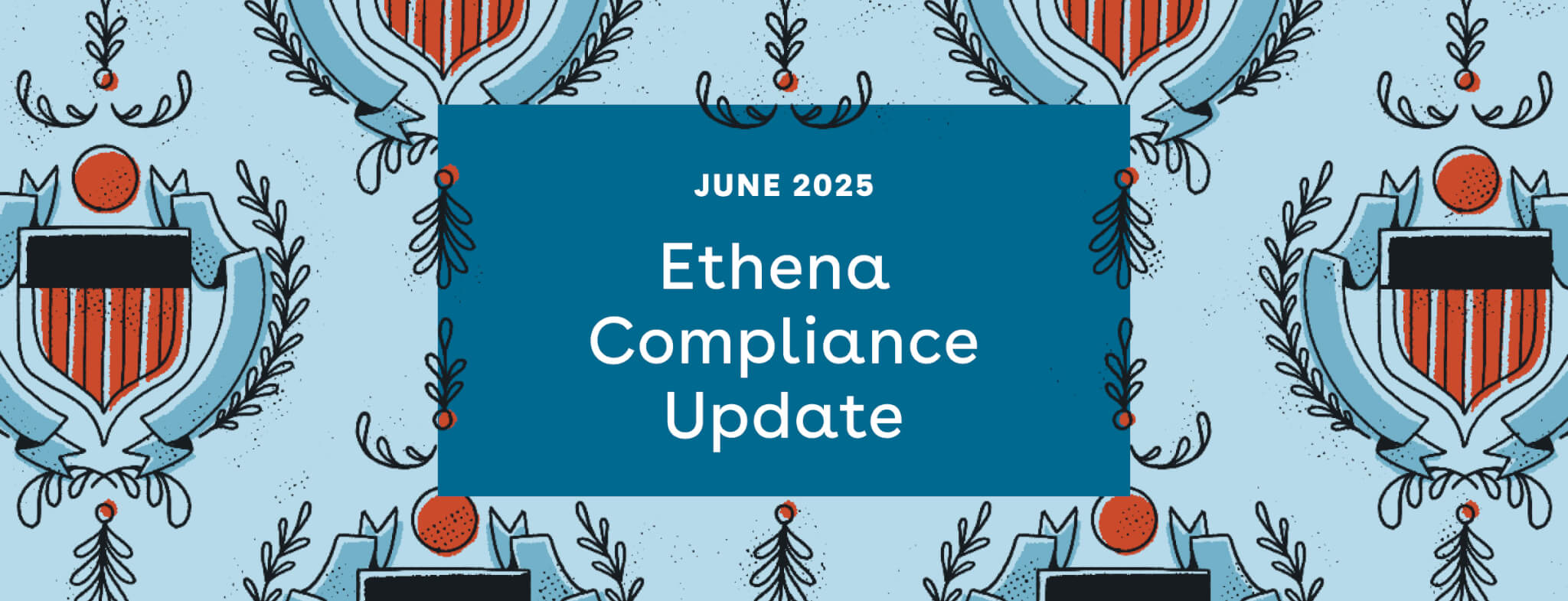Microaggressions are subtle slights based on bias and directed toward people in historically marginalized groups
What is a microaggression?
Microaggressions are verbal, nonverbal, or environmental acts, slights, or insults that are based in bias and stereotypes. These acts can be intentional or unintentional, and they target people based on their being a part of a historically marginalized group.
Marginalized groups often fall into protected classes by the Equal Employment Opportunity Commission. Protected classes include age, color, disability, gender, gender expression, gender identity, genetic information, national origin, race, religion, sex, sexual orientation, and veteran status.
The term “microaggression” sprouted up in 1970. The person generally cited for first coining the term, Dr. Chester M. Pierce, was a psychiatry professor at Harvard University. He used the word microaggression to express small, or micro, racially motivated acts that left an impact versus large, or macro, racist acts, like lynchings. In the late 1970s, the term branched out to encompass aggressions beyond race.
Ever heard of death by a thousand cuts? Sometimes, deep pain and resentment don’t come from one traumatic situation—rather, they come from many small, biased acts that happen over and over again.
Example of a microaggression
The word "micro" is a key component of microaggression. Even small, seemingly innocuous questions can contain microaggressions. For example, "where are you from?" is a common question you might ask when getting to know someone, but it takes on a different meaning when there's a question underneath the question.
Imagine a white colleague asking their colleague of color where they are from, and when the person answers "California" they ask again, because they really wanted to know about their colleague's ethnicity. Suddenly that small, innocuous question has a different meaning.
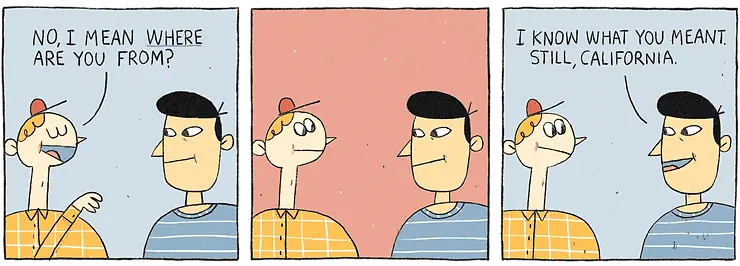
The colleague from California might have heard this question before, sometimes in ways that were less subtle. Could this time be their thousandth cut?
3 Different types of microaggressions
Microaggressions take multiple shapes and can range in severity. Even if they seem innocuous on the surface, they are, by definition, loaded with bias, historical precedent, and prejudice. Three common types of microaggressions include microassaults, microinsults, and microinvalidations.
1. Microassaults
Microassaults are when someone makes a conscious decision to use language, display imagery, or commit actions that disparage people with a protected status. This happens pointedly to communities of color. Examples of microassaults include:
- Displaying racist imagery. Imagine a colleague openly flaunting images or symbols associated with white supremacy in the workplace, but when they’re confronted about their conduct, they say that they were just playing a prank and meant no harm.
- Using racial epithets. This occurs when someone uses derogatory terms to describe another person from a specific racial or cultural background. For example, if a colleague tells a joke that disparages a marginalized group at work, they could say that it was just a joke even when the language used to describe that group was discriminatory in nature.
2. Microinsults
Microinsults are unintentional comments that denigrate someone based on one of their protected statuses. Some examples include:
- Othering. Imagine you have a colleague who is Asian American. Othering would be if a colleague told that person, “Your name is so hard to pronounce!” That comment insinuates that the employee is somehow alien or less than simply because their name is not of Western origin.
- Racial and cultural slights. Picture a white colleague having a conversation over lunch with two other colleagues. One of the two is Black and attended a historically Black college. The other is Indigenous and attended a tribal college. A microinsult would be if the white colleague asked, “Do you think those schools actually prepared you for the real world?” That’s insinuating that HBCUs or tribal colleges are fundamentally subpar.
3. Microinvalidations
Microinvalidations are comments that fundamentally undermine the intelligence or worth of someone with a protected status. (Remember our “well-spoken” example from earlier?) Comments of this nature invalidate the reality of those with lived experience. This includes but is not limited to:
- Age discrimination. Imagine a male colleague in their thirties telling a female colleague in their 60s, “I can’t believe you have Instagram, you’re ahead of the times, huh?” The male colleague is making the assumption that the female colleague wouldn’t be up to date on technology solely because of her age.
- Assuming interests. This can happen by not giving, or even offering, a colleague tasks or assignments that you don’t think they would be interested in because of their gender, race, heritage, age, or any other protected status. This can go both ways if a colleague of color is only assigned projects that somehow correlate with their racial background. Both of these are microaggressions because they’re assuming interests without asking.
- Feeding into stereotypes. Imagine a male colleague telling their female coworker, “If you’re ever looking for another job, you could be my secretary.” This type of microaggression based on historic gender stereotypes assumes that the female colleague does not have the intelligence to be able to compete in roles they’re qualified for. It also assumes that a female’s true role can only be in service to a man.
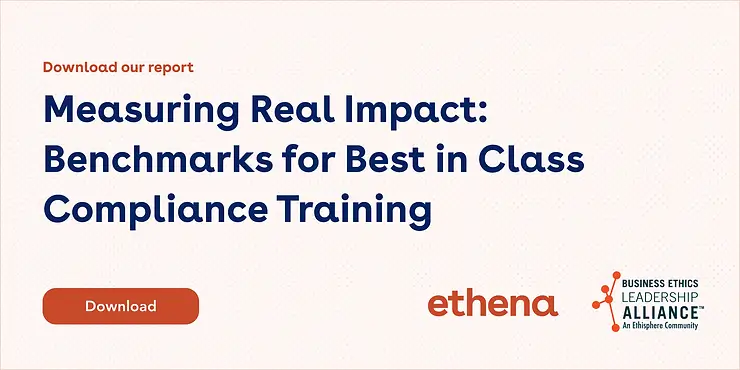
How microaggressions are delivered
Even though some of the examples listed seem cut and dry, they’re often more complex in the context of daily worklife. Microaggressions wind themselves through a workplace in comments, actions, and larger structural decisions in ways that may not seem immediately obvious to all involved.
Verbal microaggressions
Verbal microaggressions occur when a microaggression is intentionally said, whether the intent of the comment is malicious or not. Some examples include:
- Pushing inspiration. Imagine telling a colleague with a disability that you’re inspired by what they’ve overcome. That colleague may have been born the way they are. You’re assuming that something is wrong with them, even if they don’t see themselves that way.
- Gender pronouns. Assuming a coworker’s gender pronouns, especially when they don’t align with the coworker’s identity, is a verbal microaggression.
- Crosshairs. Imagine that a male colleague has a female supervisor that they disagree with on a project. Instead of just stating that the two disagree, the male colleague turns around to their team members and says, “She’s acting aggressive and crazy.” This points to misogynist stereotypes about the mental clarity of women and, depending on the background of the supervisor, could further reinforce stereotypes for female managers.
Behavioral aggressions
Behavioral microaggressions are not always about what you say, but what you do. Think about situations like:
- Mistaking employees. Imagine mistaking a person of color as working for the cleaning staff or belonging to an entry-level team only because of their race.
- Internal assumptions. This is when an implicit bias comes into play. For example, assuming that a member of your team whose first language isn’t English can’t contribute meaningfully to a conversation.
- Nicknames. Giving a colleague a nickname they didn’t ask to be called by because you find their name to be too hard to pronounce.
Environmental microaggressions
These are the tangible ways that workplaces fail in creating a welcoming environment for staff from a range of backgrounds. Common environmental microaggressions are:
- Lack of accessibility. This is when public and private spaces in the workplace are not outfitted for people with disabilities.
- Pay gaps. A massive environmental microaggression is when companies pay employees different salaries for the same exact job. This gets exacerbated if those pay gaps break down across lines of gender or race in a group of employees.
Why should everyone care about microaggressions?
Think about how you would feel if your identity (especially the part of your identity that is commonly discriminated against) was made apparent to you constantly—or if aspects of your identity were outright ignored. Over time, microaggressions can be draining, exacerbate mental health problems, and even result in the resignations of top-talent individuals who feel unwelcome in their workplace. It’s not uncommon for these situations to boil over into public criticism on social media to leave a stain on a company’s reputation. But the bottom line is that no one wants to work at a place where they feel ignored or discriminated against, and we should be conscious of how our own behavior might negatively affect our colleagues belonging to historically marginalized groups.
Job markets are fierce. To keep top talent and remain competitive, it’s in the best interest of any workplace to create a welcoming environment for all that is free of any deaths by a thousand cuts. That inclusiveness extends to working remotely, which despite its challenges, is oftentimes considered a safe space, especially for people of color. But even there, microaggressions can occur in various forms like unwelcome comments about a co-worker’s home office, constant online check-ins by email or Slack to confirm you’re on the clock, or team-building exercises that require sharing personal stories of home life in stressful times.
What you can do if you witness a microaggression
If you see something, say something. If you notice a colleague committing a microaggression against someone else, talk directly to that colleague in question. When you do, bring it to their attention how what they said was hurtful to the receiver of the comment. The landscape of microaggressions is only going to get better in the workplace if there is consistent education and reinforcement that these digs are not welcome.
Final thoughts
The professional world is finally waking up to the fact that some historically accepted ways of relating to team members are not, in fact, relatable at all. They cause the opposite effect and contribute to turnover, loss of top talent, and headlines where companies known for innovation to the outside world are internally known for being toxic and harmful.

